M&S in Australia: International Business & Country Analysis
VerifiedAdded on 2023/04/21
|22
|2230
|394
Presentation
AI Summary
This presentation assesses Marks and Spencer's potential international expansion into the Australian market. It highlights the company's competitive advantages, such as its standardized supply chain management and customer satisfaction focus. The analysis employs Porter's Five Forces to evaluate the competitive landscape, including the threat of competition, substitutes, new entrants, and the bargaining power of buyers and suppliers. The presentation also examines country risks and exposures through a PESTLE analysis, covering political, economic, social, technological, legal, and environmental factors. Key considerations include political stability, a strong economy, social trends, technological advancements, legal regulations, and environmental concerns. Furthermore, it addresses potential financial risks, such as foreign exchange rate fluctuations and interest rate risks. The presentation concludes with recommendations for Marks and Spencer, suggesting a joint venture approach to leverage local knowledge and comply with legal requirements, while utilizing its brand name and competitive advantages to capture market share. The document is available on Desklib, a platform offering a wide array of study resources for students.
1 out of 22

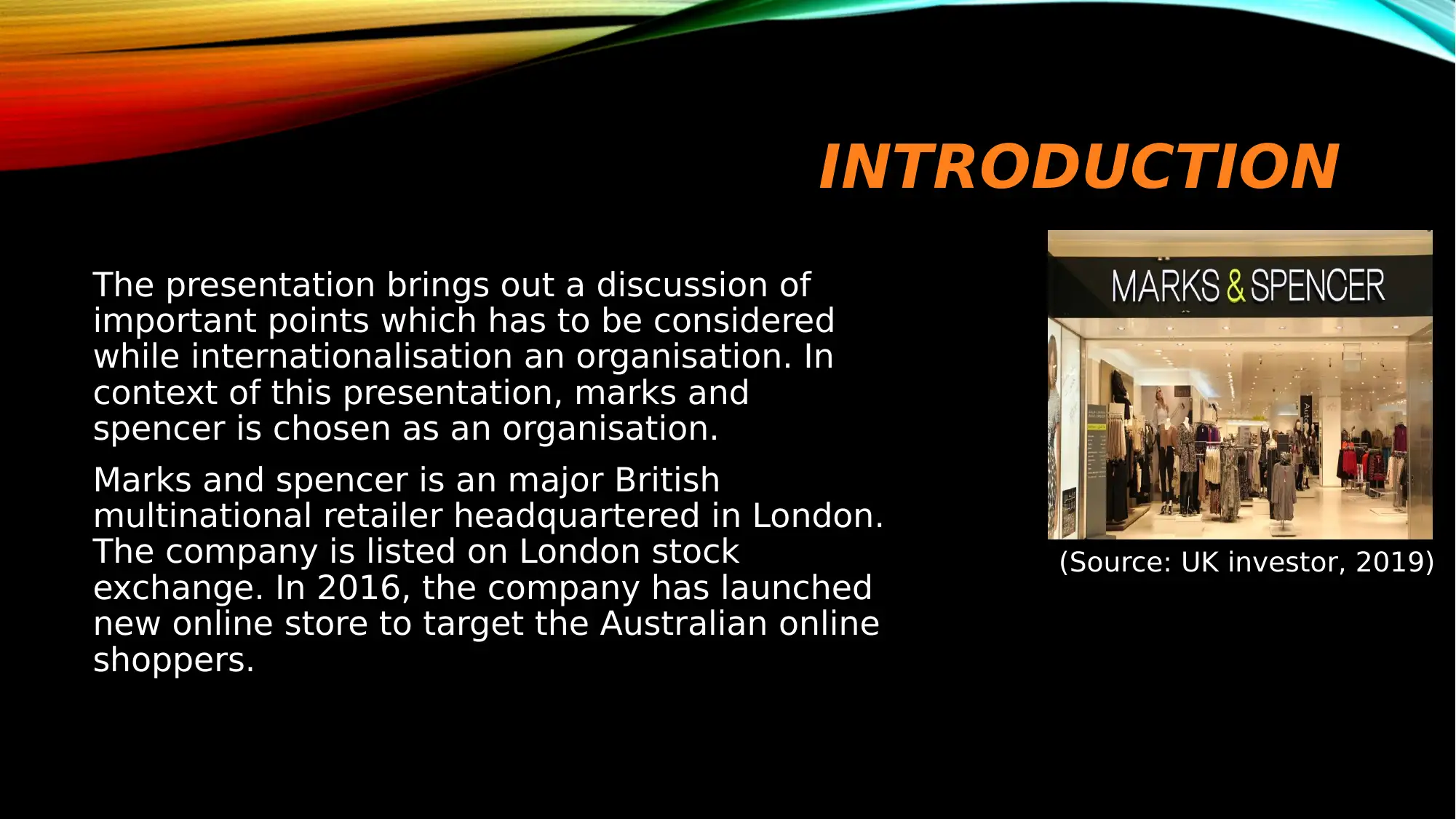
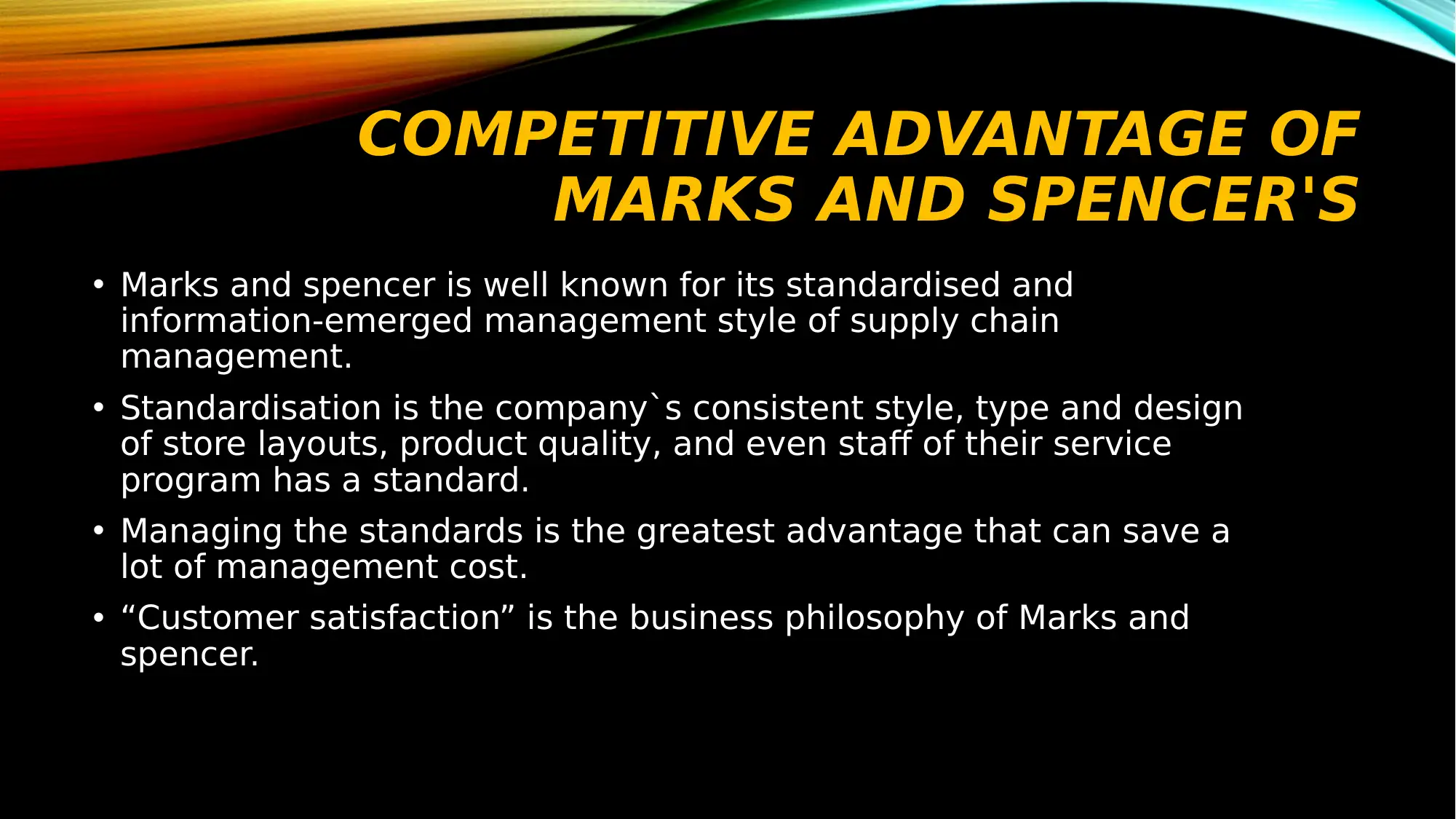

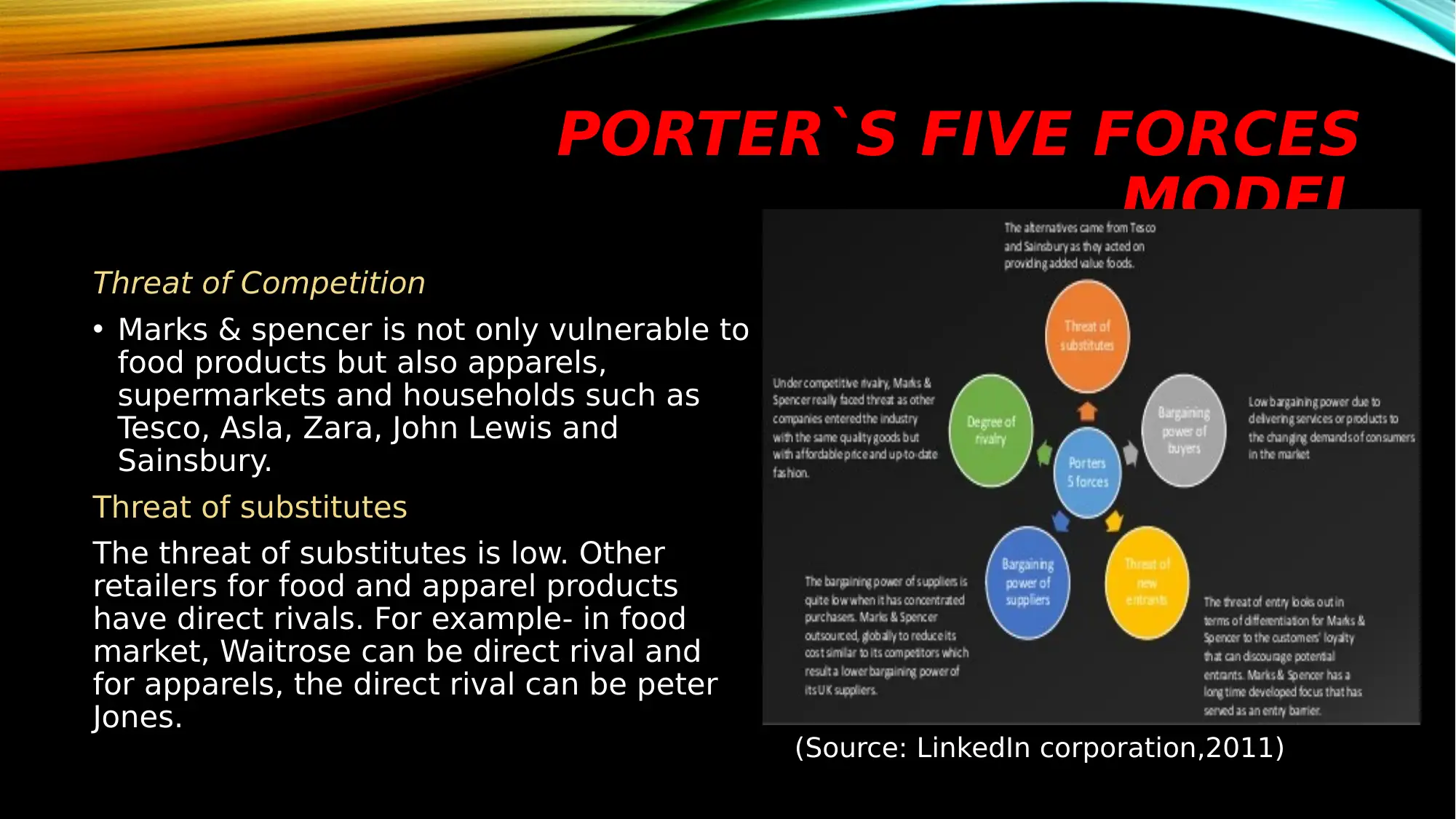
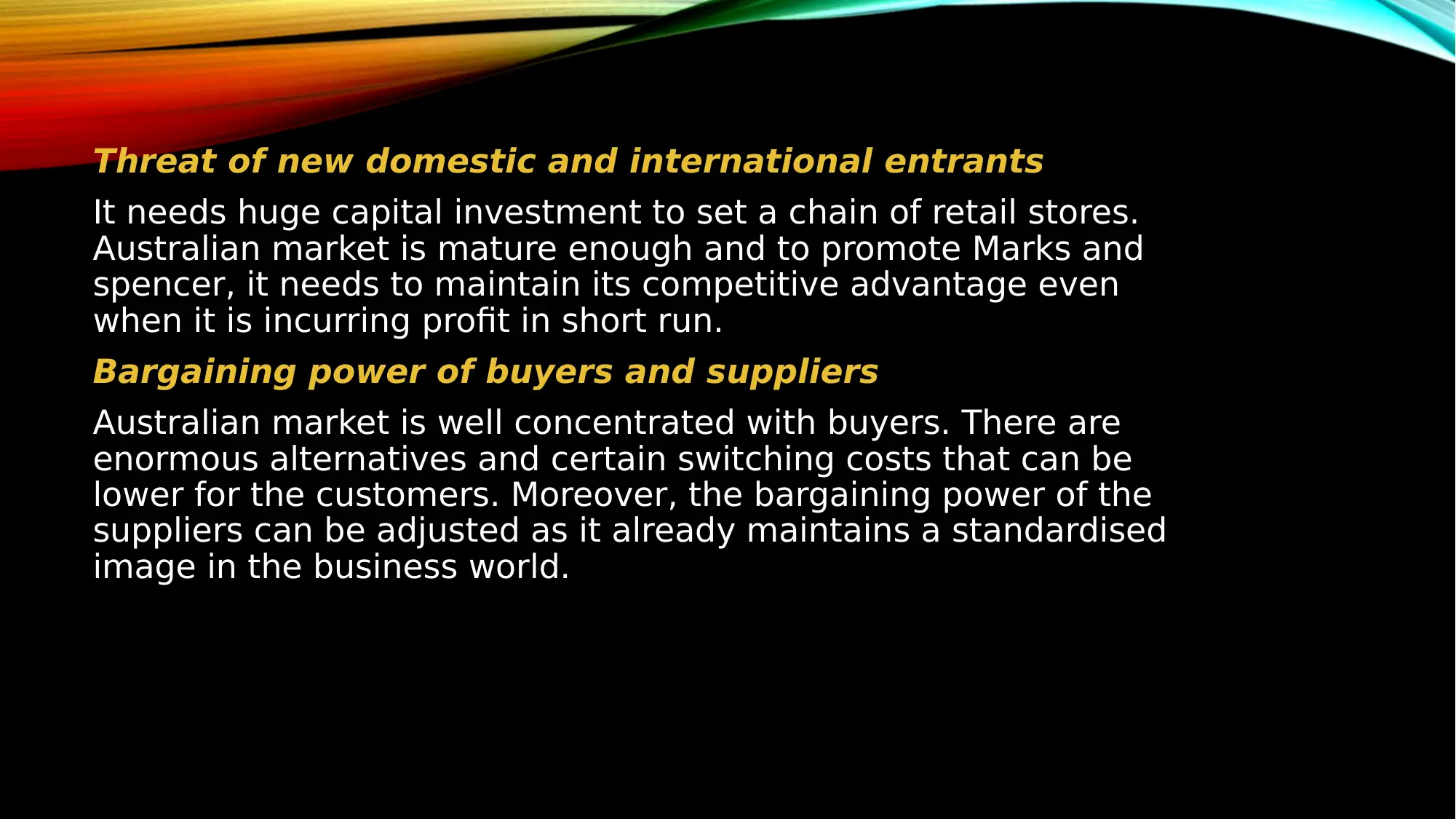
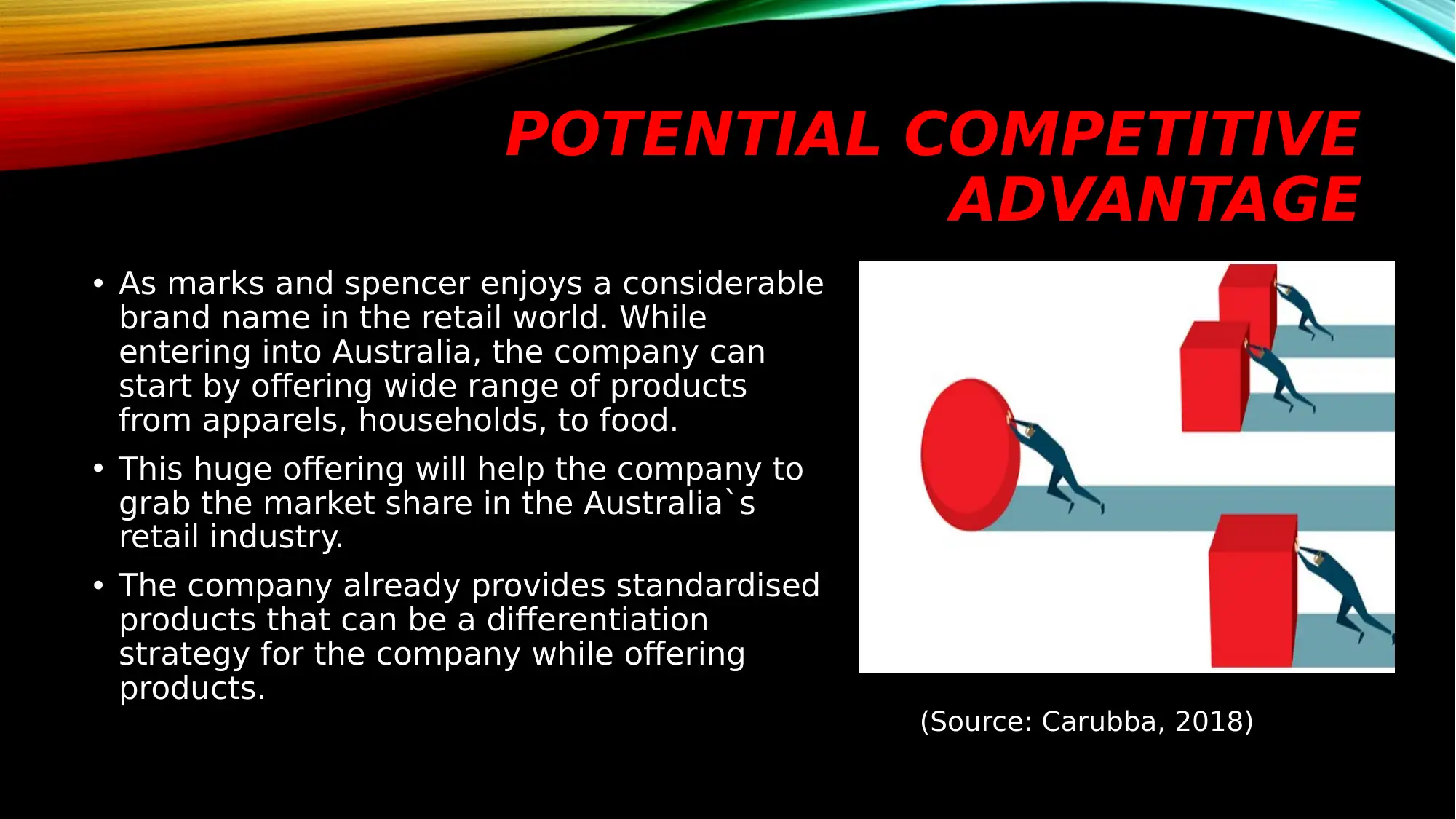
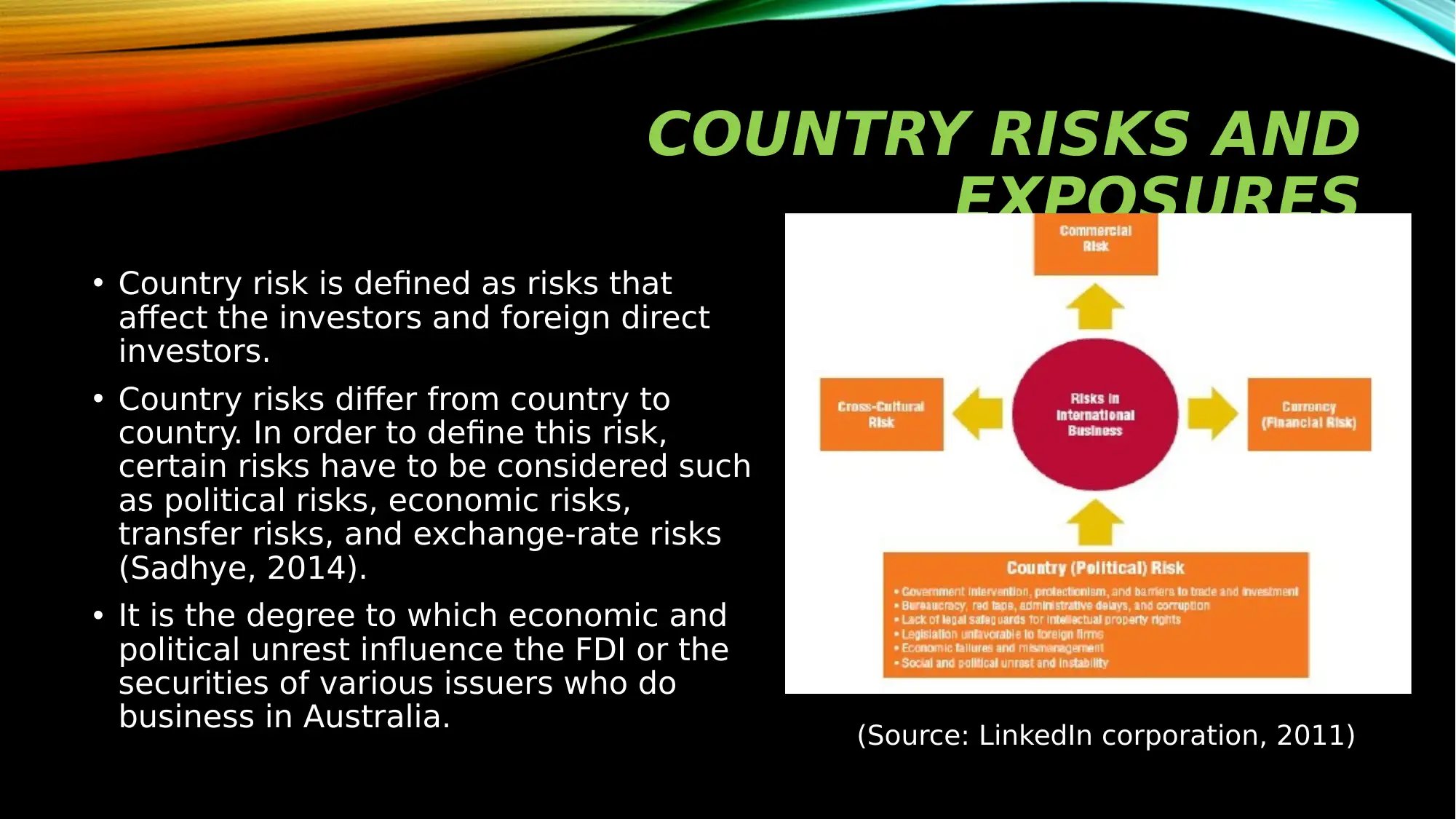
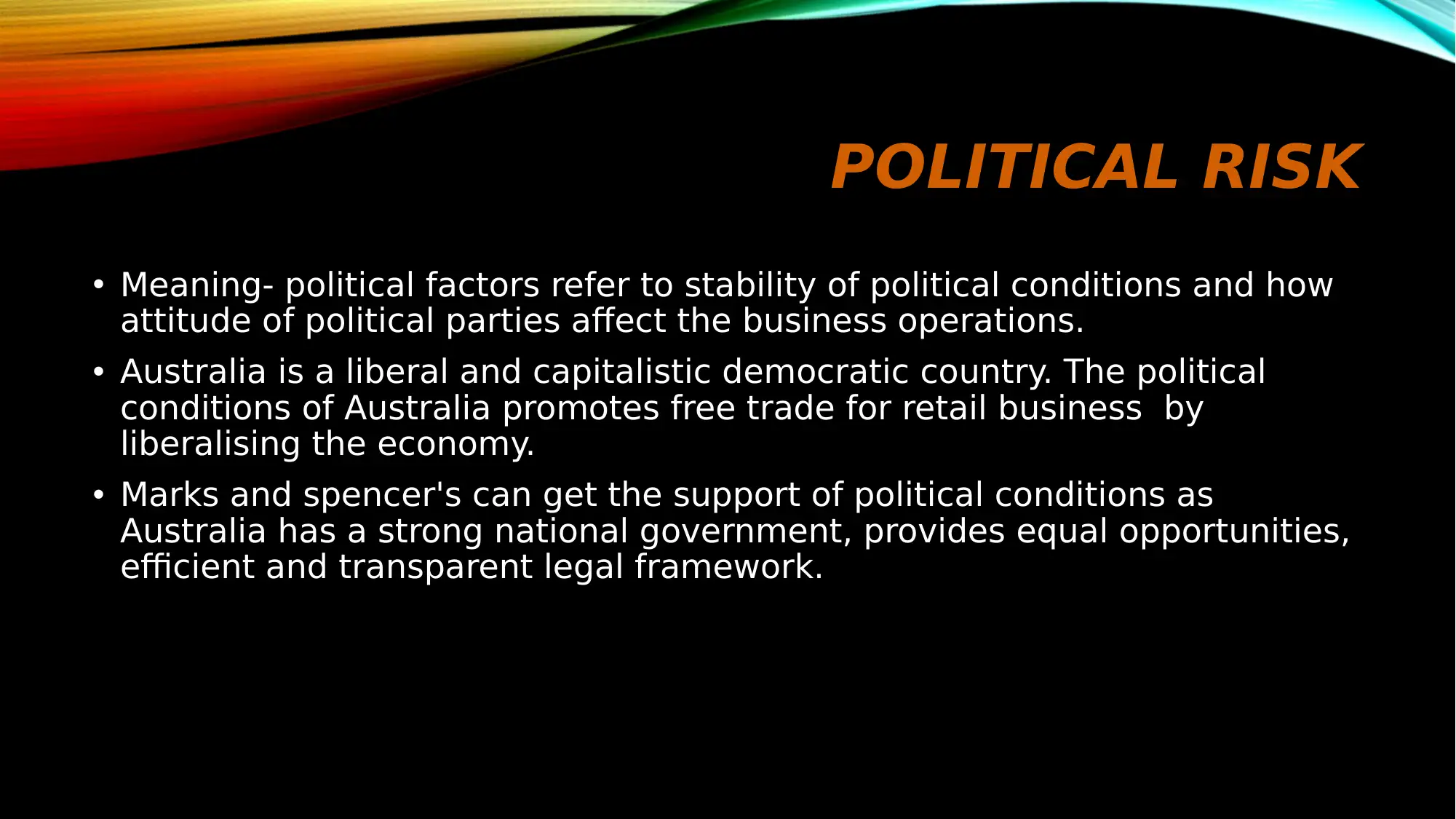
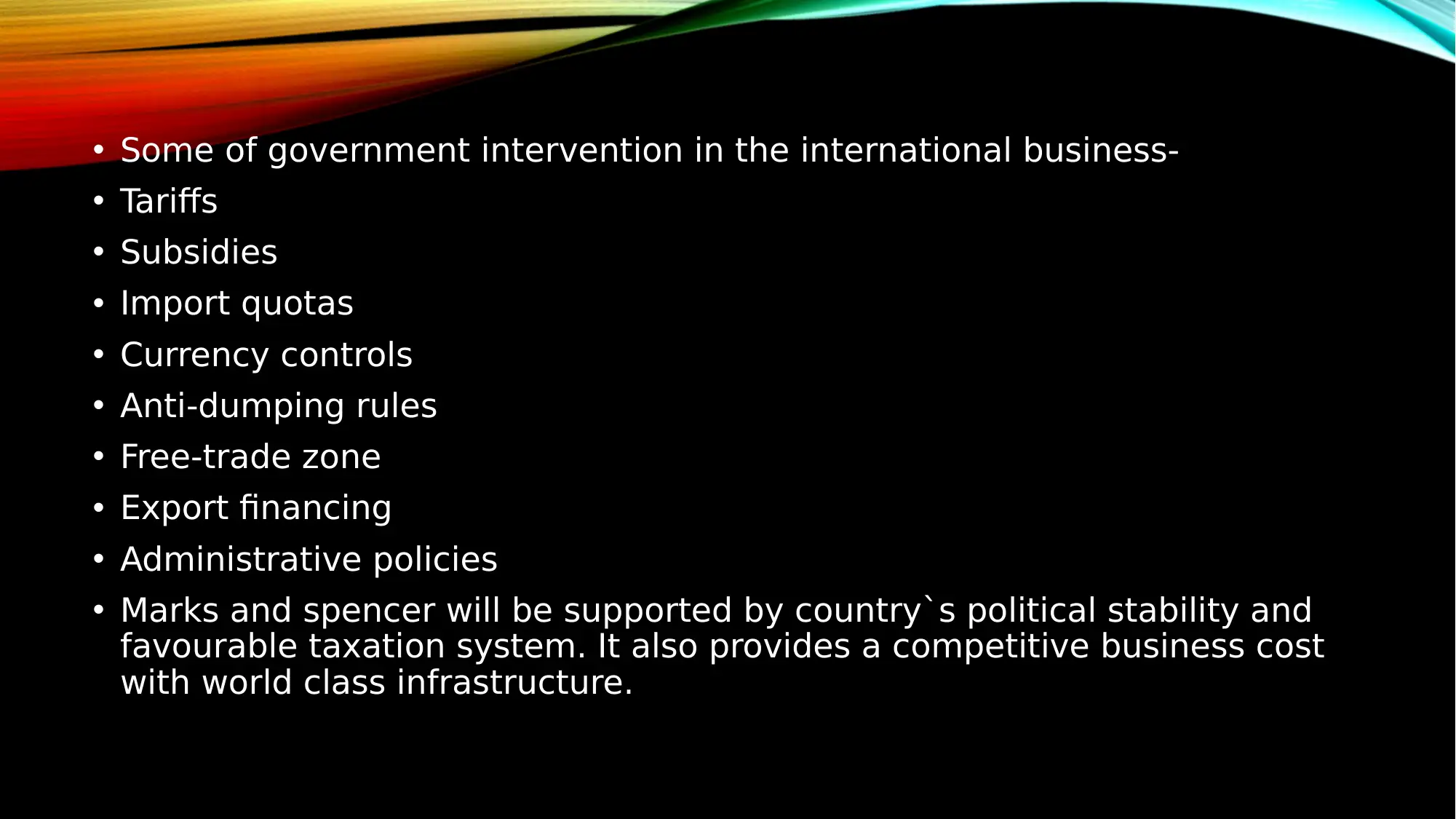
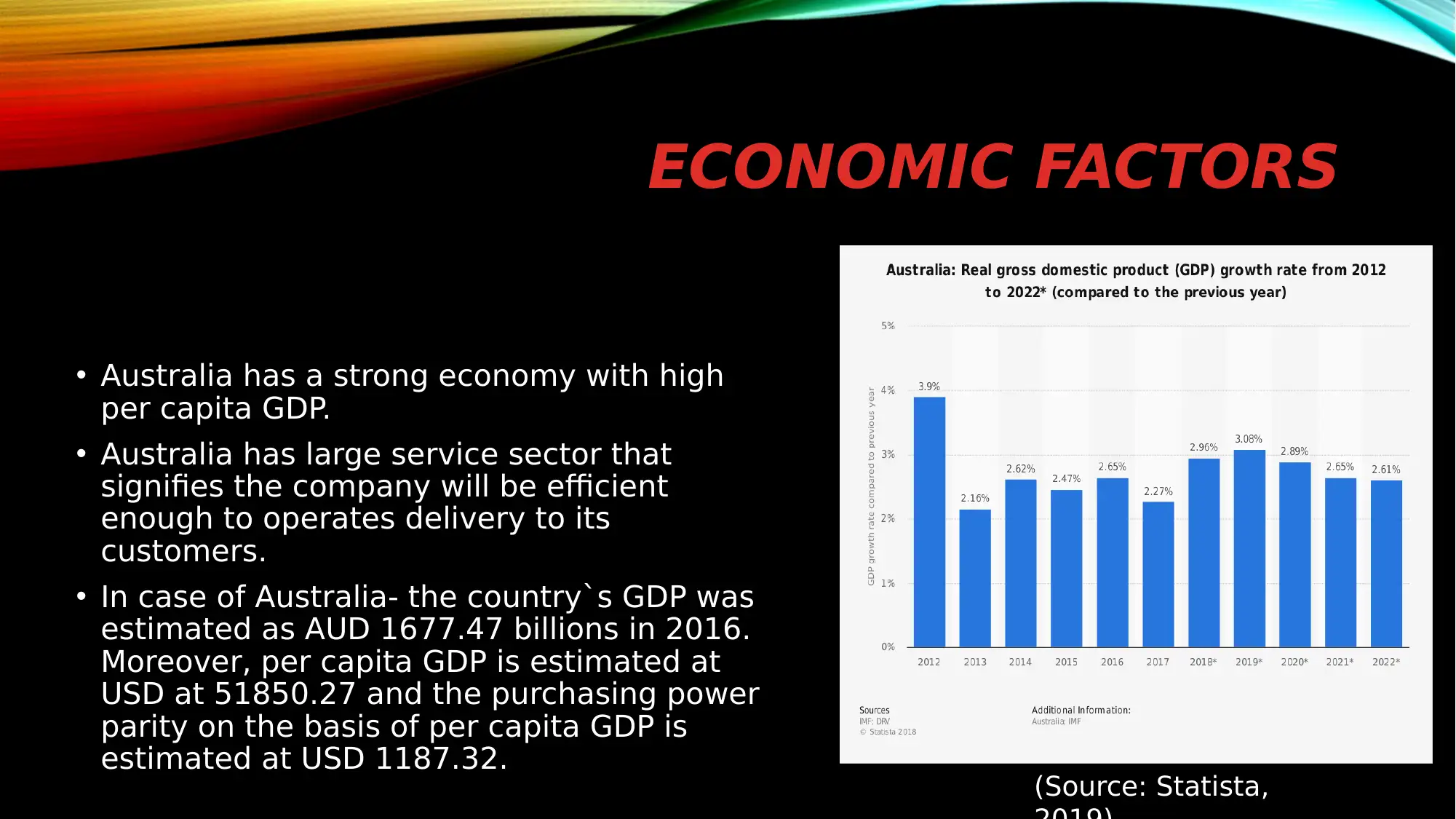
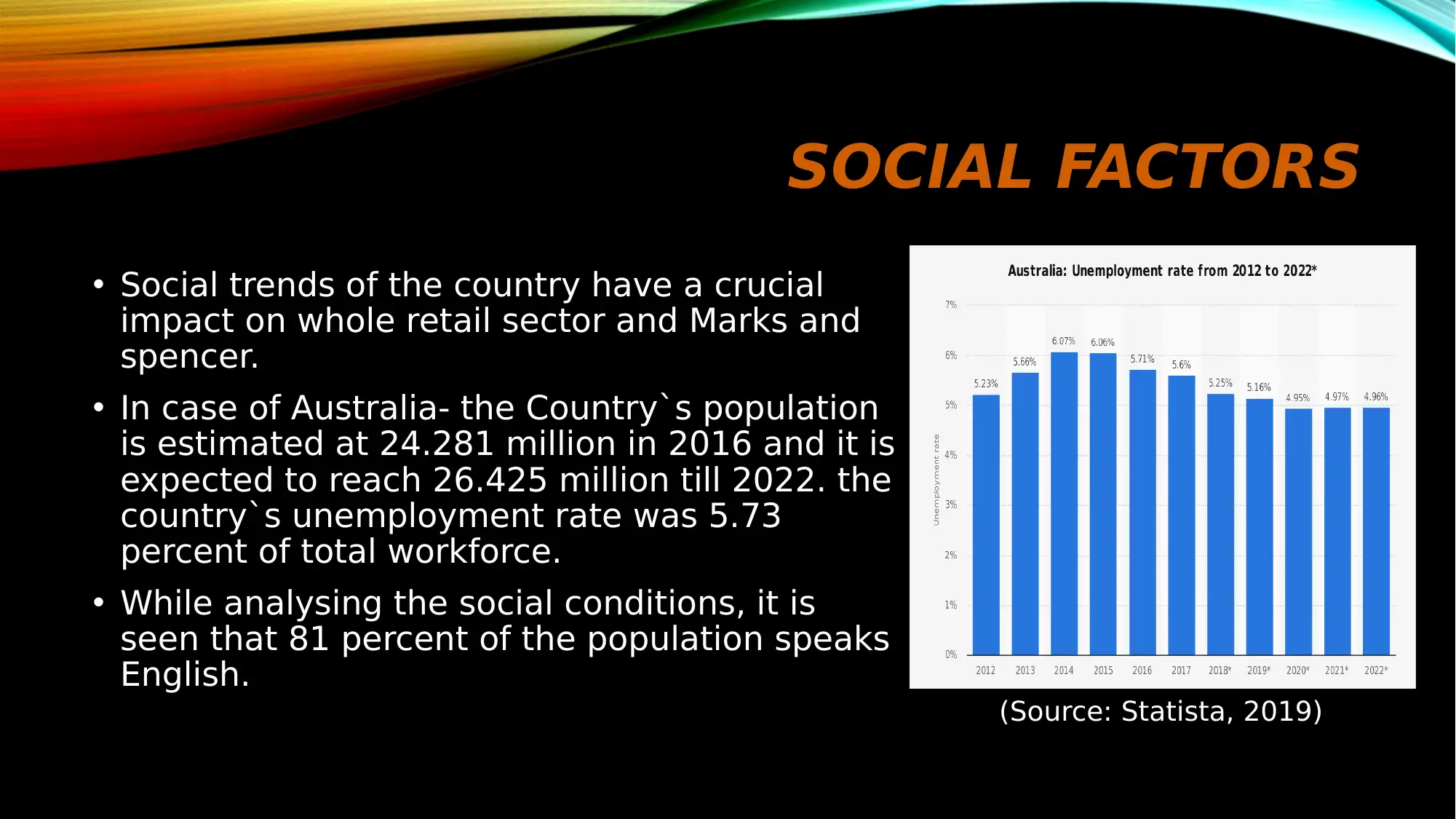
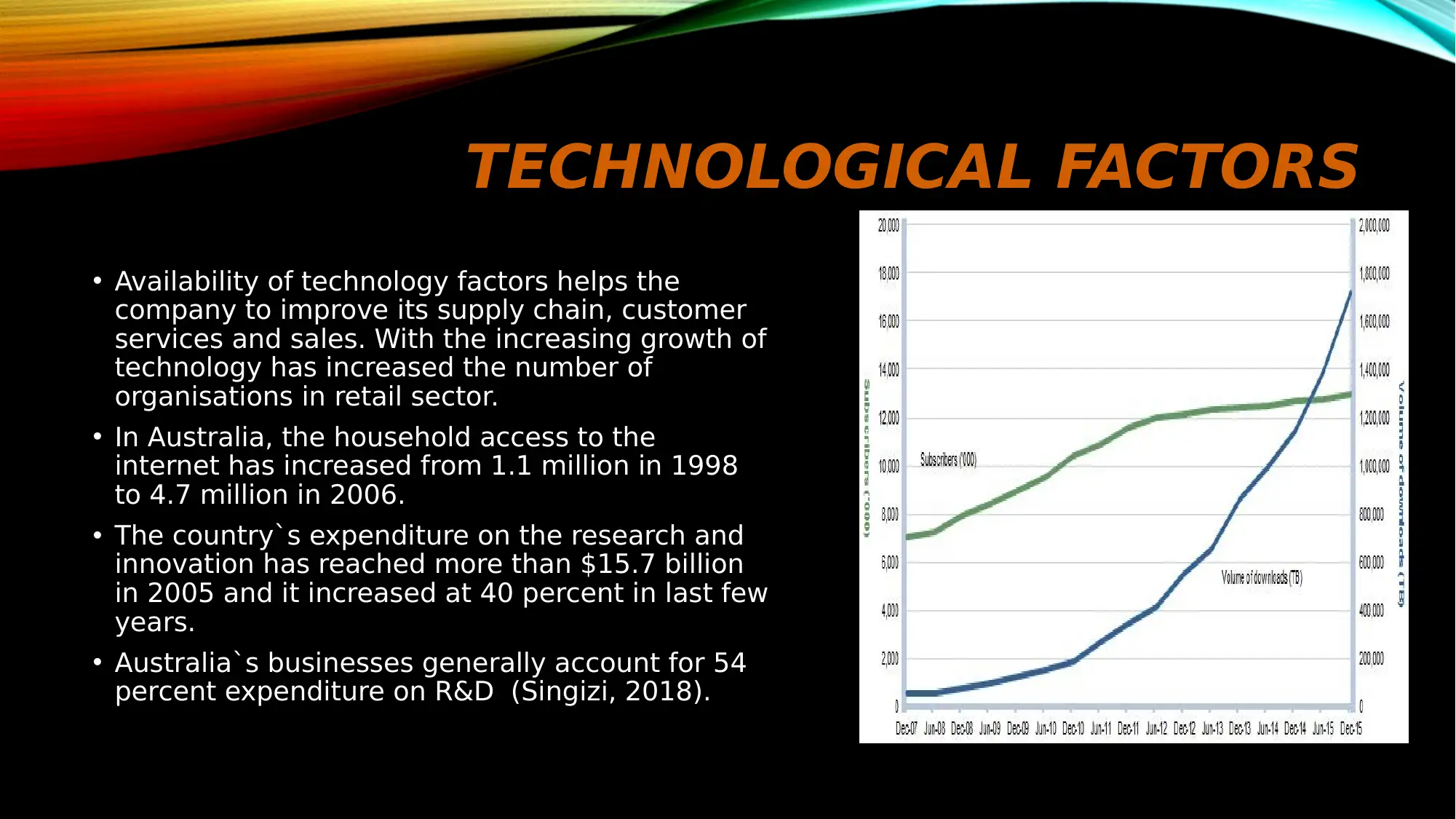






![[object Object]](/_next/static/media/star-bottom.7253800d.svg)